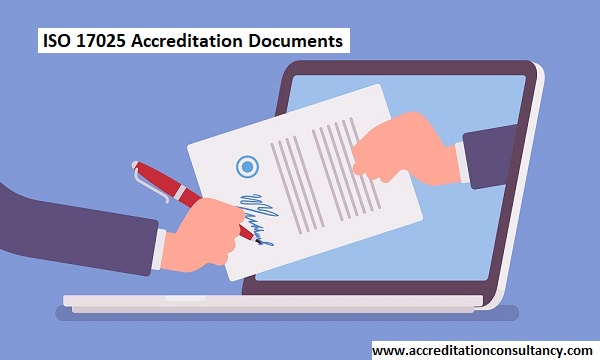What are the 5 Ways to Find Impartiality in the ISO/IEC 17025 Accredited Laboratory?
Author : iso17025 consultant | Published On : 06 Nov 2023

If you’re testing and calibration laboratory is seeking accreditation to ISO/IEC 17025:2017, you may be unsure of how to practically fulfil the need for impartiality and how much work to expend. This article will help with this by offering an overview of what ISO 17025 requires, as well as some examples and practical recommendations.
What is Impartiality?
It is critical to first define impartiality. ISO/IEC 17025 defines impartiality as the presence of objectivity. This signifies that the conclusion or outcome of an activity isn't impacted by an individual's circumstance or conduct.
Five Ways to Find Impartiality in ISO/IEC 17025
A practical method to achieving the ISO 17025:2017 requirements for impartiality is to address it in five major steps. These are a mix of proactive and reactive actions.
A proactive strategy is necessary for designing and carrying out laboratory activities in such a way that workers are free from both internal and external pressures that may undermine impartiality. A reactive strategy may also be required if hazards are not anticipated in advance and a threat is discovered later.
Step 1: Create an Impartiality Culture and Awareness
The first step is managerial awareness and commitment:
- Incorporate impartiality into your Quality Policy or develop a separate policy.
- Allocate resources to cultivate a culture of continuous quality awareness through communication channels and meetings.
Following that, raise employee awareness:
- To demonstrate the impact on the laboratory and workers, use engaging team role-playing or case studies.
Step 2: Obtain Personnel Declarations and Commitments
Personnel should sign a code of conduct or some sort of declaration stating that they adhere to the impartial policy. Although former or existing associations may not necessarily pose a risk to impartiality, staff should declare any potential conflicts of interest regarding:
- Personal relationships, such as close relatives working in the department they are supposed to audit, or a spouse or close friend in a position of influence in the procurement department.
- Prior relationships - for example, previous jobs with a client, supplier, or production department for which the laboratory performs testing.
- Investment interests - for example, ownership or shares in a client company or a venture related to the test results.
Step 3: Recognize and Address Impartiality Threats
Requesting that employees sign a declaration or code of behaviour is one step, but it is not the only one. Commitment does not imply compliance. During ordinary laboratory tasks, risks to impartiality must be identified on an ongoing basis. This is significant since operations are constantly changing, such as adding new clients, external providers, and workers, which may result in a new or altered level of risk.
- Assign responsibility to management and equip personnel with ISO 17025 training and mentorship to use a risk-based approach to identifying and mitigating any potential hazards.
- Integrate impartiality risks as part of satisfying the requirements of Actions to address risks and opportunities. ISO 17025 Document what you do to maintain impartiality, identify threats, and reduce or eliminate risks.
- Conduct a specific impartiality risk assessment. Follow your risk-management strategy to detect, analyse, and then pick appropriate actions to treat identified risks.
Step 4: Maintain Impartiality Status
It is critical to handle changes in scientific activity. Maintain impartiality by anticipating risks to objectivity during operations such as personnel recruitment, client contracts, and reviewing external providers. For example, during contractual review, inquire about and document the lack or presence of hazards, the approved level of risk, and any action done.
Step 5: Appropriately Monitor
In addition to risk assessments, identify and protect impartiality continuously in an integrated manner during monitoring and evaluation operations. This means that these activities should be integrated into various laboratory operations such as quality meetings, internal audits, root cause analysis, corrective action, and management system reviews.
- Add the following question to your internal audit criteria for each audit: "What controls are in place to ensure the impartiality of this activity?" Examine unconventional occurrences and corrective measures, as well as the management of complaints, for evidence that controls are effective.
- Interview employees to determine whether their degree of awareness is adequate.
- Review the risk register regularly and modify it depending on current activities.
- Ensure that impartiality is given adequate attention during management reviews.
Taking a practical, step-by-step approach makes tackling any new activity simpler. Your confusion about how to deal with impartiality will be replaced by confidence. Stating your systematic approach upfront, before getting started, assures all interested parties that you are serious and have a plan in place to address the issue at hand.
